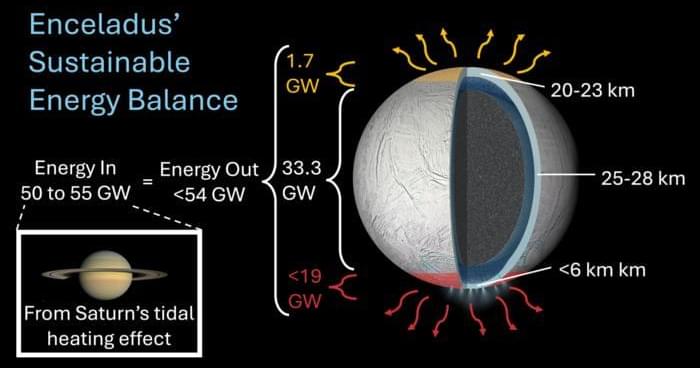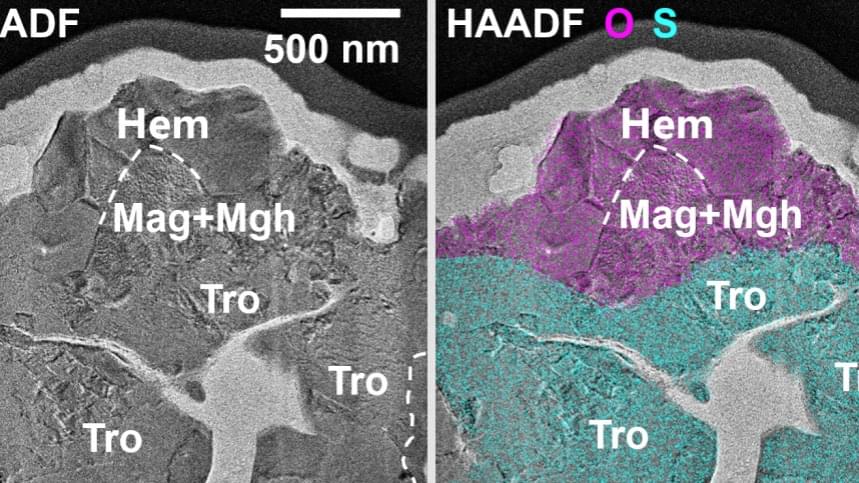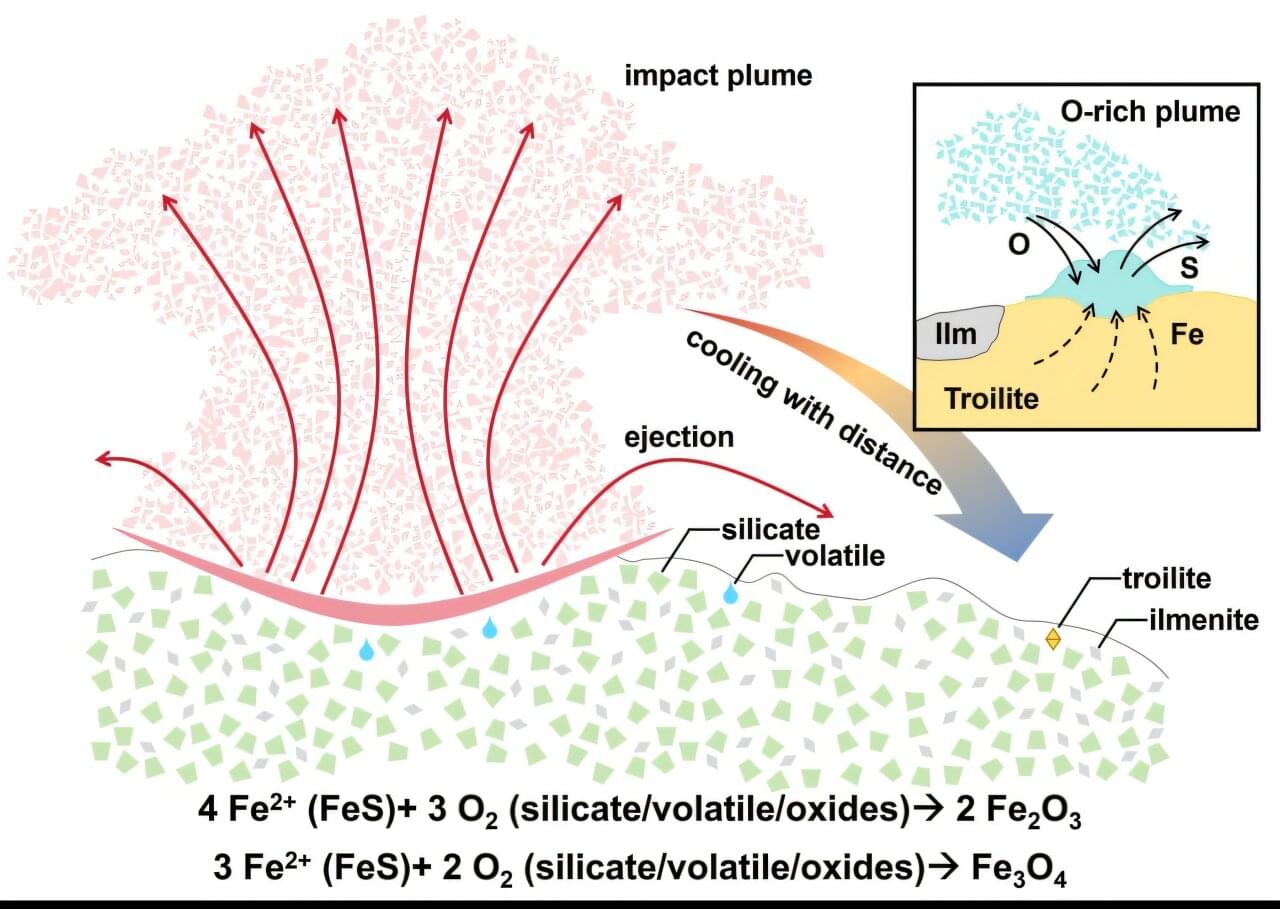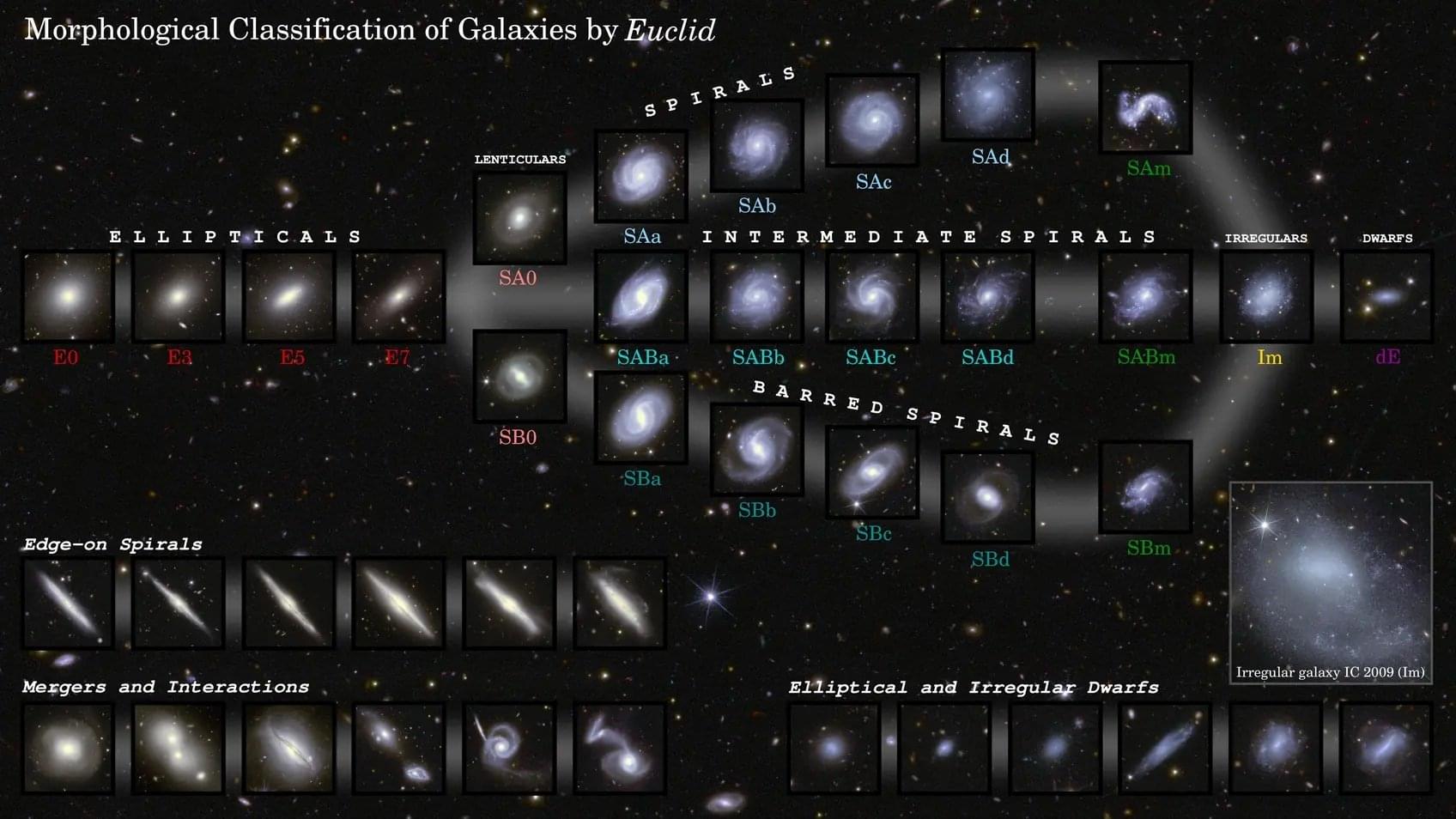An international team led by researchers from the University of Cologne has solved the mystery of an extraordinary phenomenon known as the “Diamond Ring” in the star-forming region Cygnus X, a huge, ring-shaped structure made of gas and dust that resembles a glowing diamond ring. In similar structures, the formations are not flat but spherical in shape. How this special shape came about was previously unknown.
The results have been published under the title “The Diamond Ring in Cygnus X: an advanced stage of an expanding bubble of ionized carbon” in the journal Astronomy & Astrophysics.








